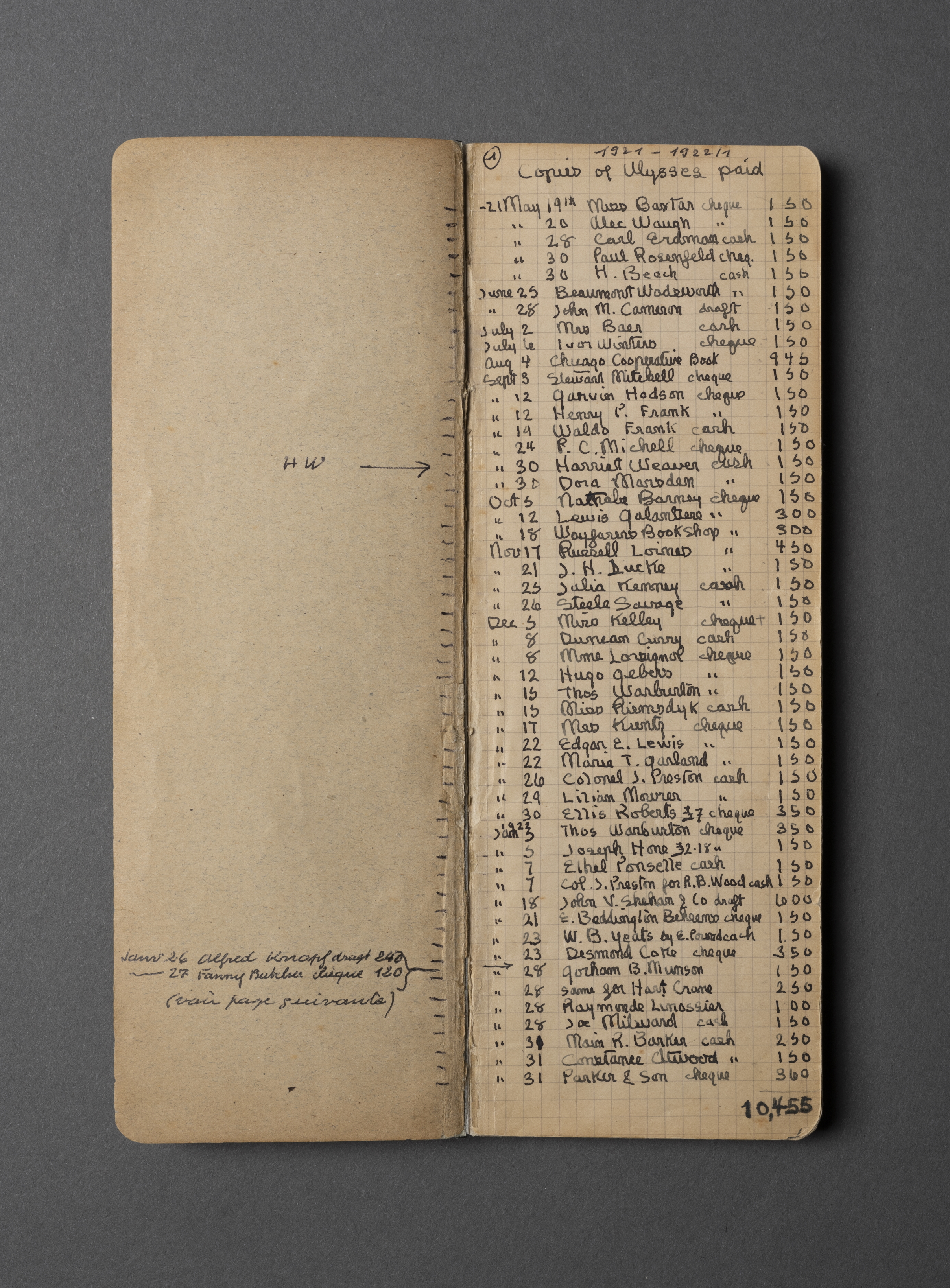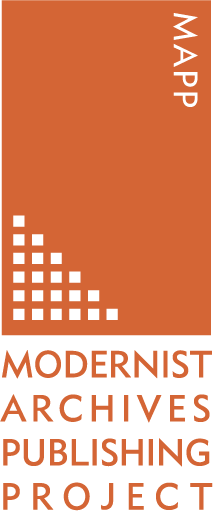
Last week, the MAPP team and our library partners arrived in balmy Austin, Texas for an in-person workshop followed by the Feminist Infrastructures: Women in Transatlantic Publishing 1900-1950 conference. The workshop allowed the MAPP team to meet with our library partners in person after having communicated primarily by email and Zoom over the past several years. It gave us the opportunity to get the library partners' thoughts on our newly redesigned website, discuss potential new ways of collaborating with them, and talk about priorities for new digitized materials that we would like to add to MAPP.
The workshop also featured a presentation about visualization opportunities for MAPP by Claire Battershill and Matthew Hannah. The talk focused on two distinct types of visualizations using MAPP data: argument-driven visualizations, such as those that have been used in numerous MAPP publications and discovery-driven visualizations that are focused on allowing users to more easily navigate the MAPP site and discover the materials that we have available. When it comes to the latter, one suggestion (made by Jim Kuhn, Associate Director of the Library Division of the HRC) was to use visualizations to highlight the most and least complete MAPP pages, so that users looking to explore what a relatively full MAPP page looks like could be guided to something like our page on the Hogarth Press or Vita Sackville-West while those looking to contribute to MAPP could be directed to pages like Adrian Stephen or John O'London's Weekly.
For both types of visualizations, the MAPP team (and our library partners) were interested in highlighting the distinction between gaps and omissions. It seemed that it would be useful for MAPP users to know that material that is absent from MAPP might be missing because it was destroyed in the London Blitz rather than because MAPP has not yet digitized it or is unable to publish it for copyright reasons. The challenge of how to mark that distinction for users is something that the MAPP team continues to work on as we think about new ways of visualizing our content.
The first day finished with a tour of the Harry Ransom Center's current exhibition, Women and the Making of Joyce's Ulysses. The exhibition, curated by Dr. Clare Hutton, highlights the roles of numerous women who were involved in the creation of Joyce's text, including Margaret Anderson and Jane Heap, who published episodes of Ulysses in The Little Review, Harriet Shaw Weaver, who supported Joyce by providing some astonishing sums of money, and Sylvia Beach, the owner of Shakespeare and Company and publisher of the first book edition of the novel. The exhibition had some very neat items, including letters from Jane Heap to James Joyce as well as Sylvia Beach's Subscriber List for Ulysses (photo below). I'd highly recommend stopping by the HRC before the exhibition closes on July 17th if you happen to be nearby.
Check back next week for our blog on day 2 of the workshop and conference!




